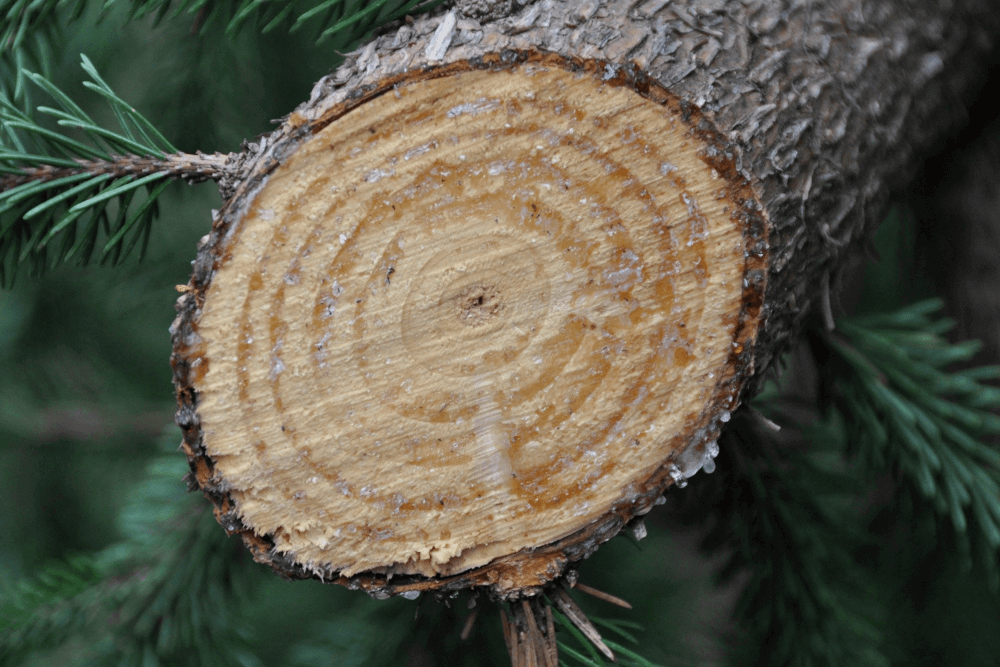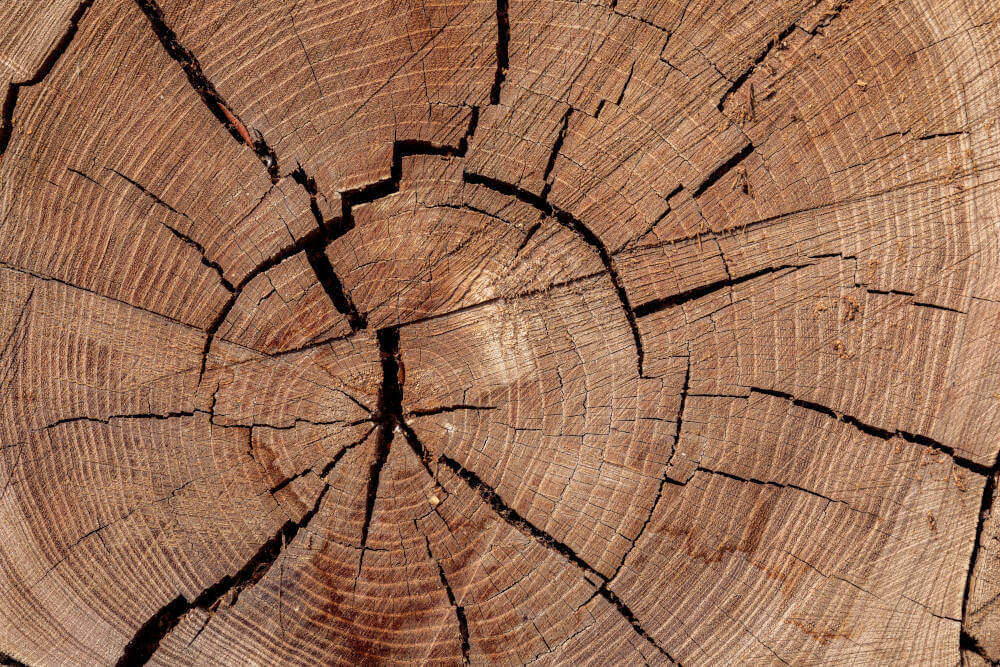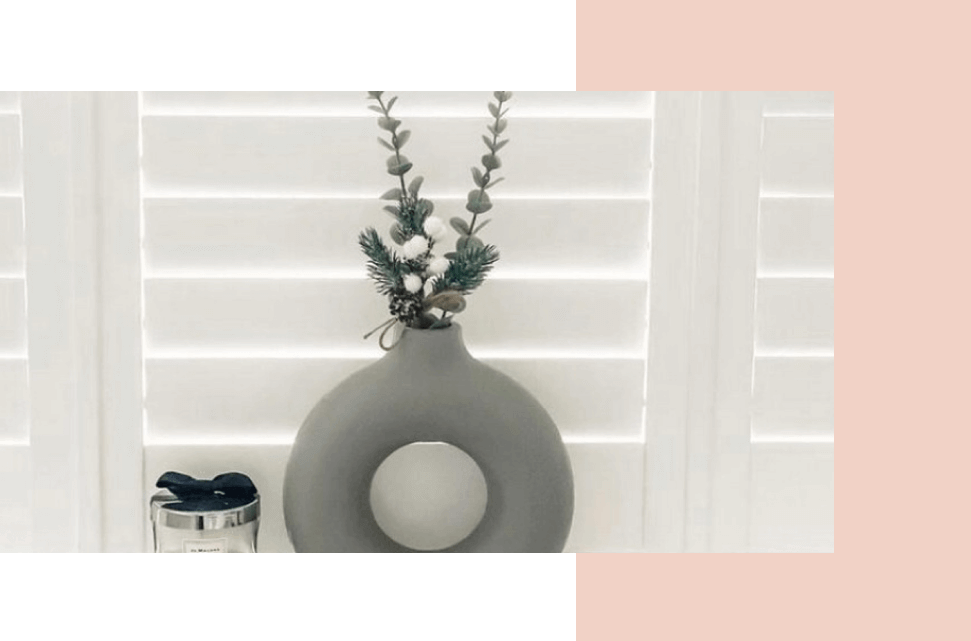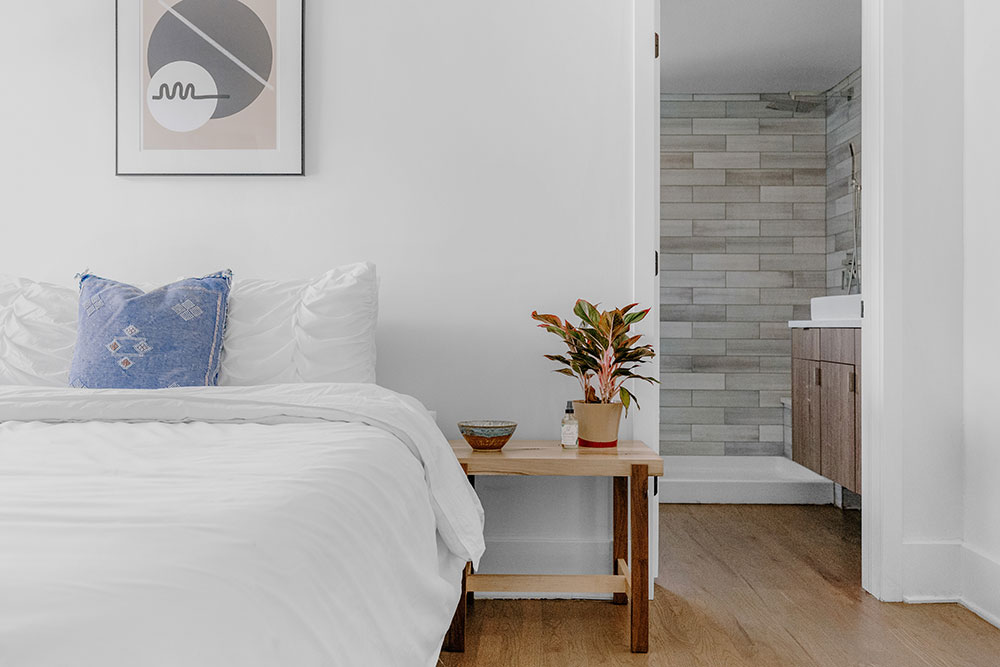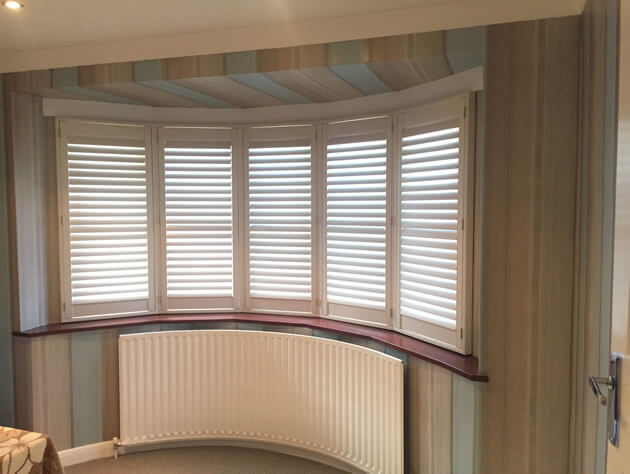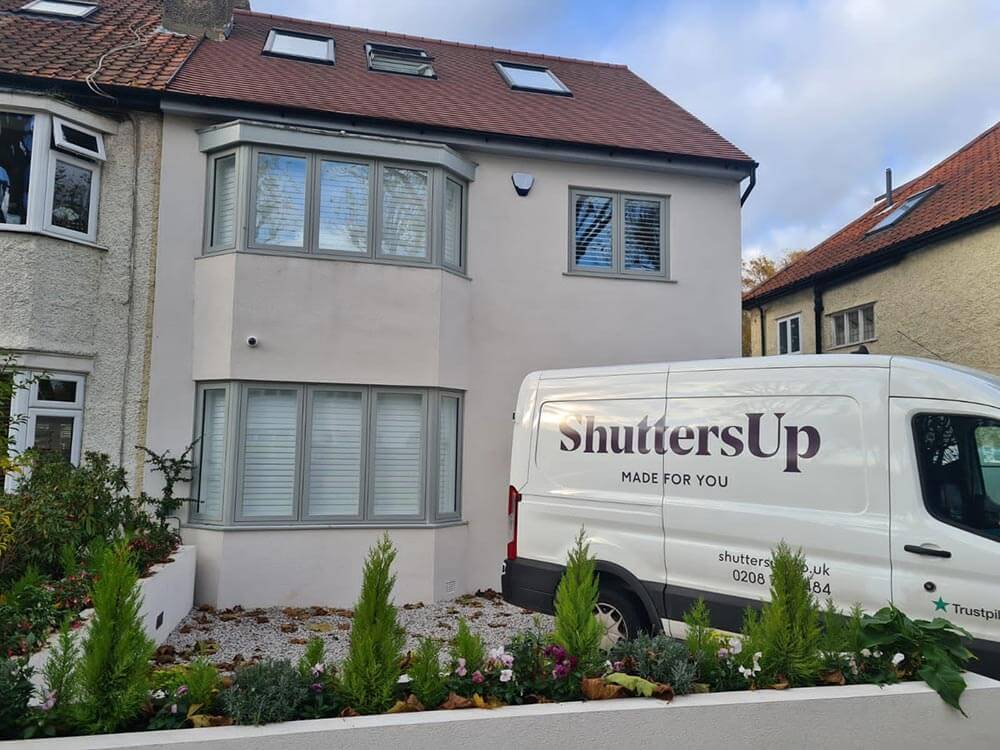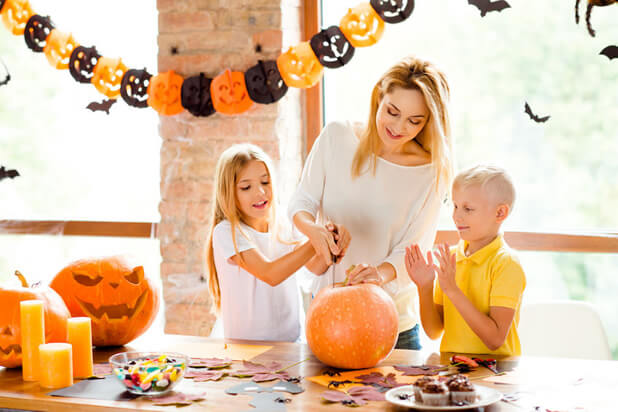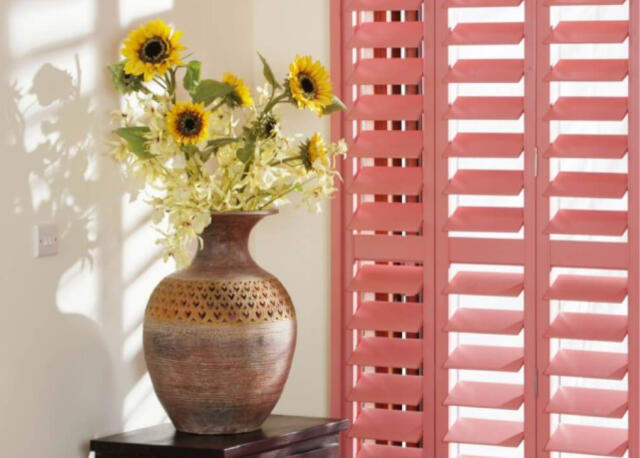Cross section of a pine tree.
What are the disadvantages of using pine wood for shutters?
Pine wood has plenty of benefits and is widely used in construction and furniture making as it is inexpensive and readily available. There are about 115 species of pine trees growing in the world, so this wood comes in many varieties. Wood types are typically classified as either a softwood or a hardwood, and pine falls within the softwood category. Although pine boasts an aesthetically pleasing grain that is lightweight and easy to form, when a softwood such as pine is compared with hardwood varieties, they do suffer several disadvantages. We explore the disadvantages in this article.
Less strength and durability than most hardwood
In order to understand wood strength, it is necessary to be familiar with how both hardwood and softwood trees grow…
Softwoods come from coniferous trees (trees bearing pinecones, and needles) which stay evergreen all year round. Softwood trees tend to grow relatively quickly and account for around 80% of the world’s timber production. Their fast-growing nature makes softwood easier to obtain and, therefore, makes it a cheaper option over hardwood varieties.
Hardwoods on the other hand originate from deciduous trees (with leaves that fall in the autumn) and are slow growing. Their slow growth means they are generally denser, giving hardwoods their sought-after strength and durability.
If you have ever been on a woodland walk and studied the cross section a felled tree, you will have noticed its growth rings. You were probably told as a child that you can estimate the age of a tree by counting the number of growth rings in the tree. Well, in Europe this is true because trees have a distinct growing and resting season. The lighter rings indicate the growing season (spring/summer) and the darker rings form in autumn time when growth slows down considerably.
A tree’s growth rings will also help identify whether they are a soft or hard variety – softwoods have big growth gaps (faster growing), while hardwoods will boast closely packed rings because they are slower (short growth spurts).
Hardwood tree cross section.
How strong is pine wood?
Pine is a stiff wood and, in many ways, is stronger than other softwoods. However, density wise, pine is less dense than other kinds of wood. While this makes pine wood lightweight with high workability, there will always be a hardwood with better strength than pine wood.
Damages easier than hardwood
Because pine wood is soft it is prone to tearing during manufacture, particularly if tools are not sharpened adequately. The wood can give way along the grain when the grain is not supported by its own structure enough during the routing process. With many louvres to craft and large, and awkward shaped windows to work with, using pine wood for shutters would prove frustrating, costly, and timely.
Denting and scratching can also be a common occurrence with pine wood. If your household consists of children and pets, their wandering fingers and scratchy paws may prevent your shutters from holding up well. Using hardwood will ensure your window shutters are strong enough to withstand the everyday wear and tear of home life. In fact, hardwood shutters are so durable that many companies choose not to offer warranties on plantation shutters. At ShuttersUp, we want our customers to have peace of mind; all our wooden shutters come with a 15 year warranty.
Knotty grain
Pine wood may be an easy timber to find but it is not always easy to work with. Pine wood can have quite a knotty grain, even when cut perfectly using power tools. For this reason, achieving a flush surface can be tricky and, with that, most primers and paints tend to saturate the recesses in the pine wood, which is problematic. Therefore, pine needs a little bit more effort in terms of preparation than hardwood alternatives.
The panels in our Cuba range of shutters for example, are manufactured in a mix of sustainable hardwoods, all with a linear grain that is excellent for painting and provides a flat, uniform finish. The sides of the panels (stiles) are plain, giving a crisp and clean look to the shutters.
What type of wood is best for shutters?
The type of wood used for shutters will depend on their surrounding environment, the size required, and a customer’s budget limitations. For example, if you have a mid-range budget, our Cuba range may suit your needs most. The Cuba range boasts hardwood shutter panels, but pairs them with an MDF frame which helps reduce cost without compromising on quality. If you require shutters for a bathroom or any room with high humidity, we recommend our Java range which is manufactured using a hardwood core and finished with a hardwearing, 100% waterproof ABS plastic.
Our Fiji shutters are made from a natural hardwood and are the lightest in our range, making them perfect for shutters running on a track system (bi-fold and by-pass shutters). It will move more easily as there will be less weight bearing down on the track.
We are keen for green
Our wooden shutters are manufactured by one of the biggest manufacturers in the world who are committed to reducing their carbon footprint where possible, and who cultivate their own trees to help protect existing forests.
Learn more about our authentic wood shutters, our hardwood ranges, and why we love working with wood. When it comes to the quality and durability of our shutters, our trusted reputation says it all.
Related articles
What is considered bad feng shui for a bedroom?
Halloween decor ideas that will make your home Spooktacular!
Can Plantation Shutters Be Painted?
For all your shutter inspiration
Get in touch to arrange your quote
We’ll be happy to pay you a visit so we can offer tailored, personal advice about all your shutter options.
